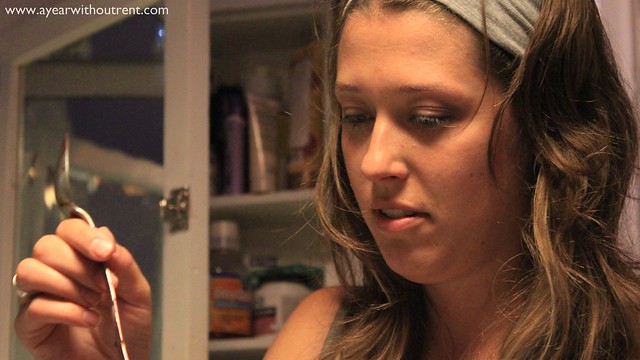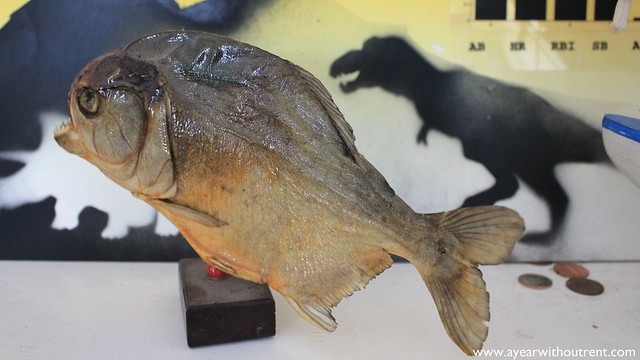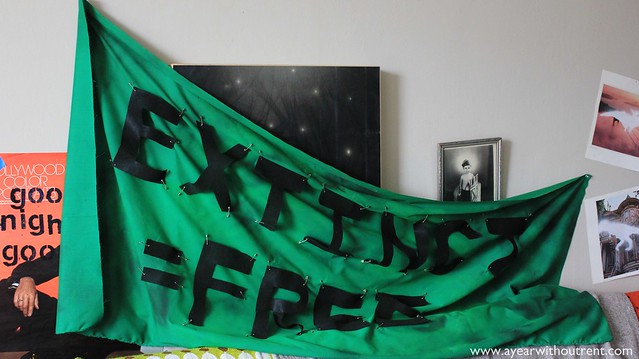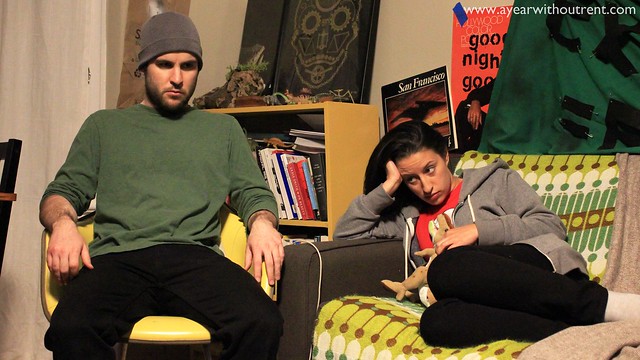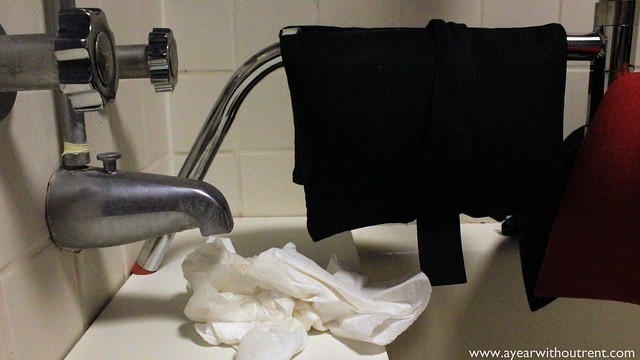by Andrew Brotzman

AYWR on NOR'EASTER: Part 1, Part 2, Part 3
John Waters’ famous question to directors – were you always bossy? – always gets a laugh, but does it miss the point? To me, filmmaking is an effort to control one’s environment rather than one’s coworkers. Even if the director seeks chaos, my favorite aspect of my favorite films, it’ll eventually be the kind chosen by the author, the director, the selector, whatever. What someone did or didn’t do always strikes me as incidental to what was finally controlled.
There are so few benchmarks of objective failure or success in life. More commonly, we’re able to observe our progressions as measured against fixed objects. The day I was asked, without notice, to teach a form of algebra I’d never understood in high school, and pulled it off – that was a day I was sure the years spent in front of books and computers had done my brain some good.
The beautiful encapsulations of others’ experiences on film are fixed, too. We have access to them whenever we like, in whatever order we like, in whatever context we like. They are ours. But we change around them, and as years pass and experiences accumulate, we’re given opportunities to wrestle with our slippery, shifting relationships to the ideas and experiences, not just the decisions of craft, that are inside each film.
This year I directed my first feature, Nor’easter. It’s about a young priest struggling with his faith and the enormous problems he causes by trying to do simple good in his small island community. His doubts and fears show him that very little is in his control. In making the film, I’ve had to face up to the fact that my desires, my fears, and the violence that exists between them are rooted in the same understanding.
Faces, The Thin Red Line, The Sacrifice. I’ll watch them again and again, forever. The hours spent are worthwhile because what I know about these works changes with each viewing. Not just in terms of the decisions their selectors made, but in terms of my own life.
Finishing the edit of Nor’easter a few weeks ago was, like turning over the shooting draft of the script, anti-climactic. I watched it, and there it was, very similar to what I’d seen since the beginning, only now tuned as well as my editor, David Lowery, and I knew how. I hopped on a plane to New York to start the color correct, finished the color correct, then turned around for L.A.
On the way home, I watched There Will Be Blood for the first time since shooting my own picture, and realized, to my horror, that I now understand why Daniel throws Eli in the mud. I don’t refer here to the narrative or style, but why, from Anderson’s position, it had to be in the film. Immediately, I knew the ground had shifted under my feet again. The joy of knowing Anderson’s control that much better was mine to keep, but it had arrived as a vision of myself aged six months more.
Andrew Brotzman has directed a number of short films, including MY MOM AND DAD and DARJEELING. He's from Maine, which is a good indicator of how awesome he is. NOR'EASTER is his first feature film.
























